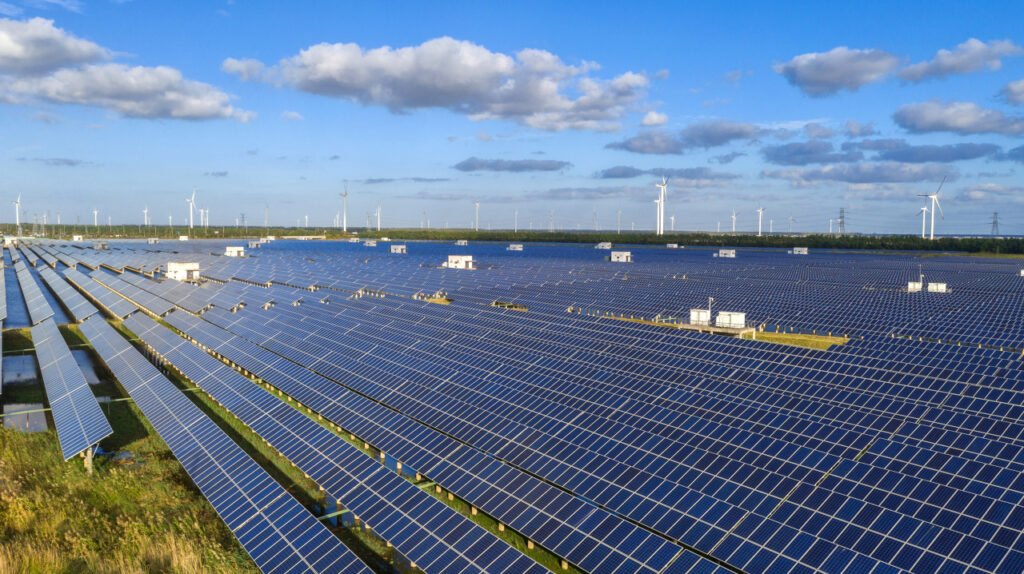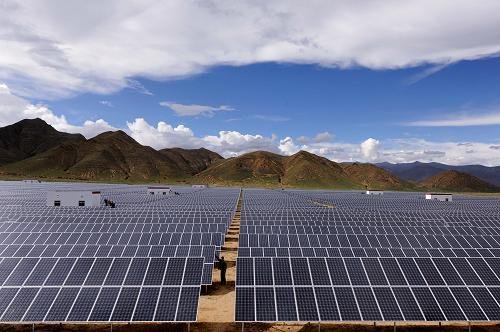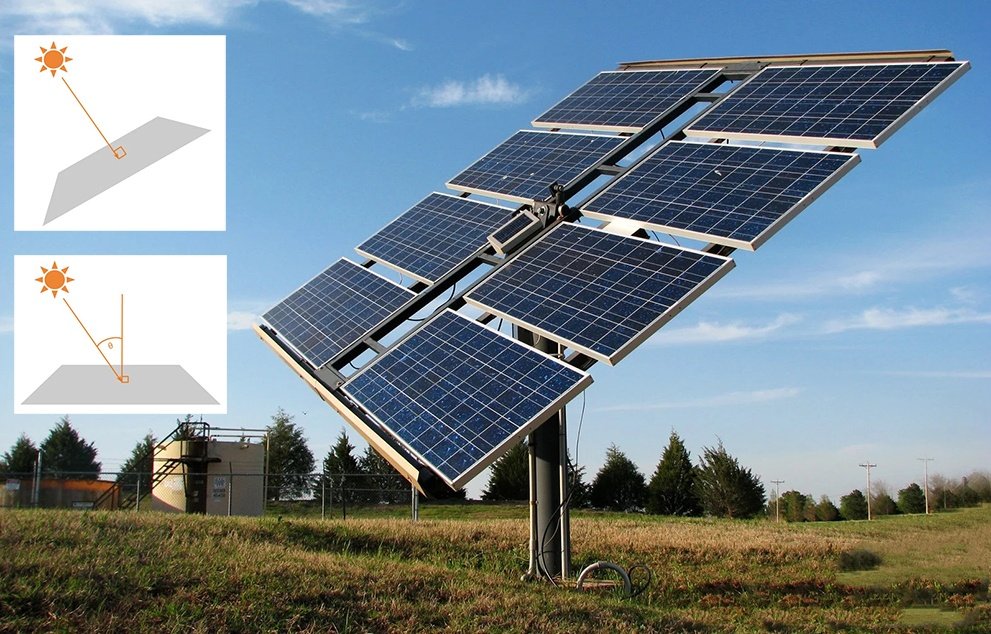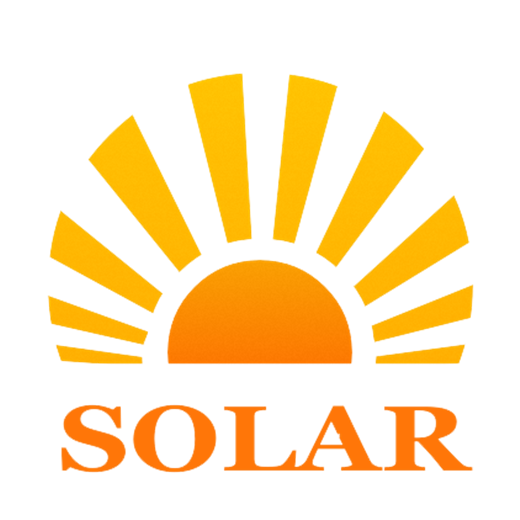
Introduction
The rapid expansion of solar energy has driven the need for high-efficiency photovoltaic (PV) systems. As solar installations grow, particularly ground-mounted PV systems, the decision between a fixed tilt system and a tracker system becomes increasingly critical. This comparison explores the advantages, disadvantages, and technical aspects of each system to help solar project developers, installers, and investors make informed decisions for maximizing their solar energy output and return on investment.
—
What is a Fixed Tilt PV System?

A fixed tilt photovoltaic system is a ground-mounted solar array where the solar panels are set at a specific angle. Once installed, the panels remain in that fixed position, usually optimized to capture the maximum amount of sunlight during the day. The optimal angle varies depending on the latitude and weather conditions of the location.
Advantages of Fixed Tilt Systems
1.Lower Initial Costs: Fixed tilt systems are generally simpler in design and installation. Fewer moving parts and mechanical components mean lower upfront costs compared to tracker systems.
2. Reduced Maintenance: Because fixed tilt systems don’t involve moving components, there is less potential for mechanical failure. This translates to lower operational and maintenance costs over the lifetime of the system.
3. Reliability in Harsh Environments: In areas prone to extreme weather conditions such as strong winds, heavy snow, or intense heat, fixed tilt systems often provide higher reliability due to their static design. This is especially beneficial in regions where environmental wear and tear could damage tracker systems.
4. Ideal for Small to Medium Installations: Fixed tilt systems are frequently the preferred option for smaller solar farms or those with a lower budget. They offer a simpler and more economical approach without sacrificing significant energy output.
Disadvantages of Fixed Tilt Systems
1. Lower Energy Yield: Since the solar panels remain at a fixed angle, they are not able to follow the sun’s movement across the sky. As a result, the energy generation potential is lower, especially during early morning and late afternoon hours.
2. Less Efficient in Varying Climates: In regions with fluctuating weather conditions or varying sunlight angles throughout the year, fixed tilt systems may not perform optimally. Their static nature limits their ability to capture energy efficiently during seasons when the sun’s angle changes.
What is a Tracker PV System?

A tracker photovoltaic system is a solar array that uses mechanical components to move the panels throughout the day, allowing them to follow the sun’s path. There are generally two types of tracker systems: single-axis trackers , which follow the sun from east to west, and dual-axis trackers, which also adjust the tilt angle to track the sun’s elevation.
Advantages of Tracker Systems
1. Increased Energy Production: The primary advantage of tracker systems is their ability to maximize energy capture by following the sun throughout the day. This results in significantly higher energy yields compared to fixed tilt systems—anywhere from 15% to 25% more, depending on the type of tracker and the location.
2. Efficiency in Large Installations: In large-scale solar farms, the increased efficiency of tracker systems can justify the higher upfront cost. These systems are particularly beneficial in areas with high levels of direct sunlight, as they can capitalize on every available sun hour.
3. Adaptability: Tracker systems can adapt to various solar environments, making them an excellent choice in regions with high solar variability. The system’s ability to track the sun ensures that it can capture more energy during different times of the day and year.
4. Optimized for Utility-Scale Projects: For large, utility-scale solar projects, the added complexity and cost of a tracker system are often outweighed by the gains in energy production, resulting in a quicker return on investment.
Disadvantages of Tracker Systems
1. Higher Installation Costs: Tracker systems come with higher initial costs due to their complexity. The added mechanical and electrical components involved in tracking the sun mean that these systems are more expensive to install compared to fixed tilt systems.
2. Increased Maintenance Needs: The mechanical nature of tracker systems makes them more prone to wear and tear. Components such as motors, gears, and sensors require regular maintenance and replacement, adding to the overall operational cost over time.
Key Factors to Consider When Choosing Between Fixed Tilt and Tracker Systems
1. Location and Climate
The choice between fixed tilt and tracker systems heavily depends on the location and climate of the installation. In areas with consistent, direct sunlight, tracker systems are typically the better option due to their ability to follow the sun’s path. However, in regions with frequent inclement weather or in locations where the sun’s path is less predictable, fixed tilt systems may offer better reliability and lower maintenance.
2. Project Size and Budget
For smaller installations or projects with limited budgets, fixed tilt systems are often the preferred choice. Their simplicity and lower upfront cost make them attractive for developers seeking to minimize initial expenses. On the other hand, tracker systems, while more costly, can offer greater long-term energy yields, making them a viable option for larger-scale solar farms where energy production is prioritized.
3. Energy Production Goals
If the goal is to maximize energy output, tracker systems are superior. The ability to track the sun’s movement allows for optimal solar absorption, which translates into higher energy generation throughout the day. However, if the project’s energy needs are moderate, and cost savings are more critical, fixed tilt systems can still deliver reliable, consistent energy generation.
—
Conclusion
In the comparison between fixed tilt vs. tracker systems for ground-mounted PV systems, there is no one-size-fits-all solution. Each system has its strengths and weaknesses, and the choice depends on several key factors, including location, project size, budget, energy production goals, and maintenance capabilities. Fixed tilt systems are ideal for smaller projects with limited budgets or installations in harsh weather conditions. Tracker systems, however, provide superior energy production and are more suitable for large-scale solar farms with sufficient maintenance resources and a focus on maximizing efficiency.
As one of the top 10 EPC solar companies in China, our professional team of engineers will recommend the most suitable solution for you free of charge.
If you are also interested, please contact us:
coo@cds-solar.com

